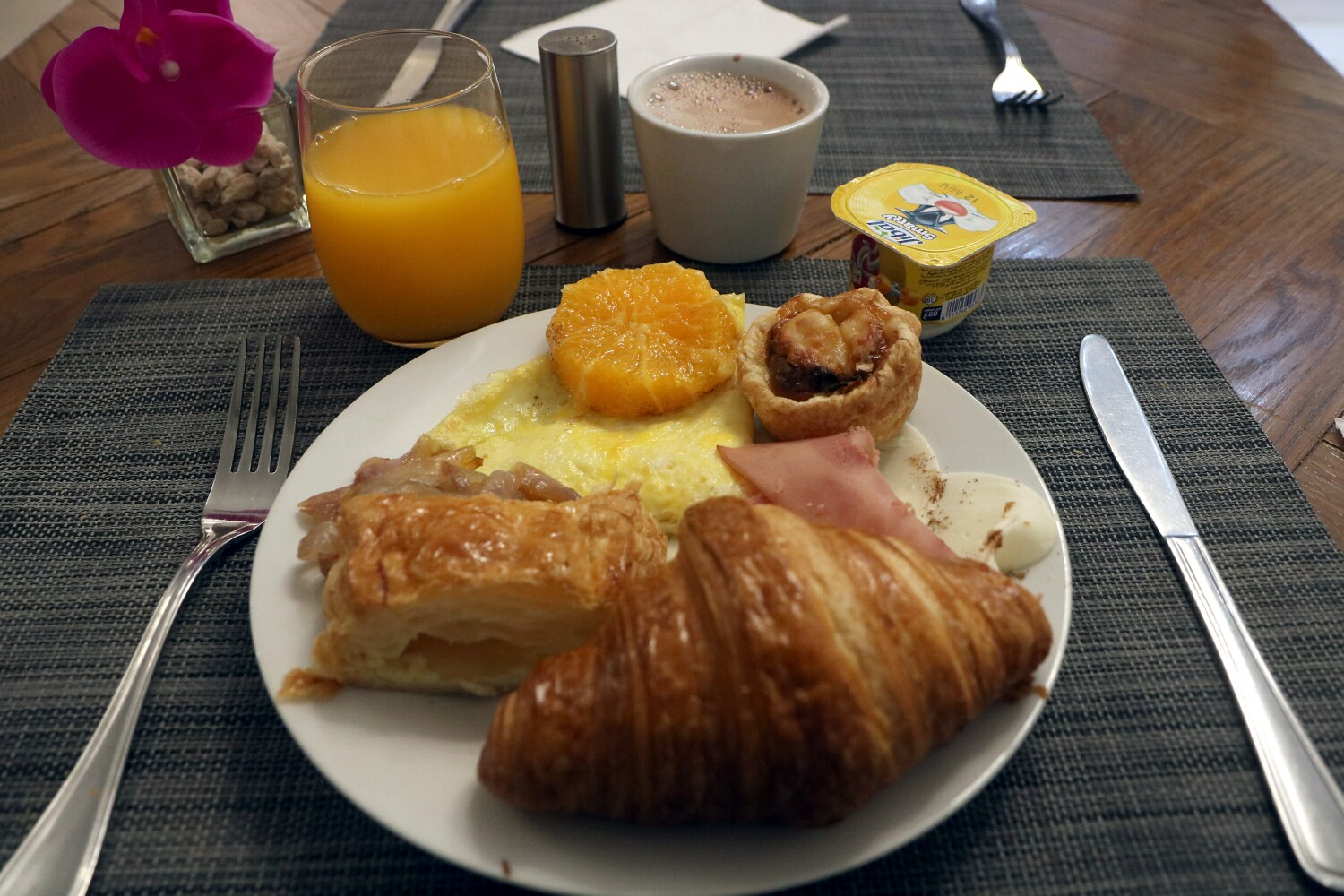On Day 3, our tour group left Rabat to eventually end up in Fes, the second largest city in the country at over 2.7 million. Morocco is not all desert,
although the desert has claimed more and more of the country through the centuries. The coast and miles inland is primarily grasslands, and a key agricultural area.
Irrigation is key to making the land fertile. Sheep graze all over, near the main highway, in small villages and in many fields.
Soon after we began our trip, the bus A/C conked out. In Morocco, this is not a good thing, especially since the bus has no windows to open. Our first stop was the ancient
Roman city of Volubilis. We were happy to get off the bus into the blazing sun and around 36 C so we could literally cool off. Built in (at the time) a fertile agricultural
area, the city developed from the 3rd century BC onward as a Berber settlement before being the capital of the kingdom of Mauretania. It grew rapidly under Roman rule from the
1st century AD onward and expanded to cover about 100 acres with a 2.6 km circuit of walls. In the 2nd century, major buildings were added, including a basilica, the temple and
triumphal arch. Its prosperity was derived principally from olive growing, and featured fine town-houses and several large mosaic floors which are still pretty much intact today.
We left for Meknes, had a lunch of lamb and chicken tagine, couscous vegetables and fruit for desert. After lunch we went to the monumental Bab Mansur al-'Alj gate, built in the 17th
century, to enter the old medina of Meknes and the Mausoleum of Moulay Ismail, inside the Imperial Palace of sultan who created the Bab Mansur and made Meknes the capital of Morocco.
After, we drove to Fes, sweating and stewing in our own juices. To the Royal Mirage Hotel, where the A/C in the rooms was also a mirage.
The good news ... after this day, the A/C worked on the bus and the hotels we stayed at subsequently were all quite good to excellent.
|

Above: The streets of Rabat as we leave the city ... they love to groom their trees into neat cylinders.
1 and 2 show breakfast and the Mohamed VI Museum of Modern and Contemporary Art in Rabat.
3 to 5 show workers grooming the area around the sprawling Imperial Palace of Rabat where King Muhammed VI lives.
6 to 11 shows the agricultural countryside driving northeast, with sheep and grain crops all over.
|

|
|